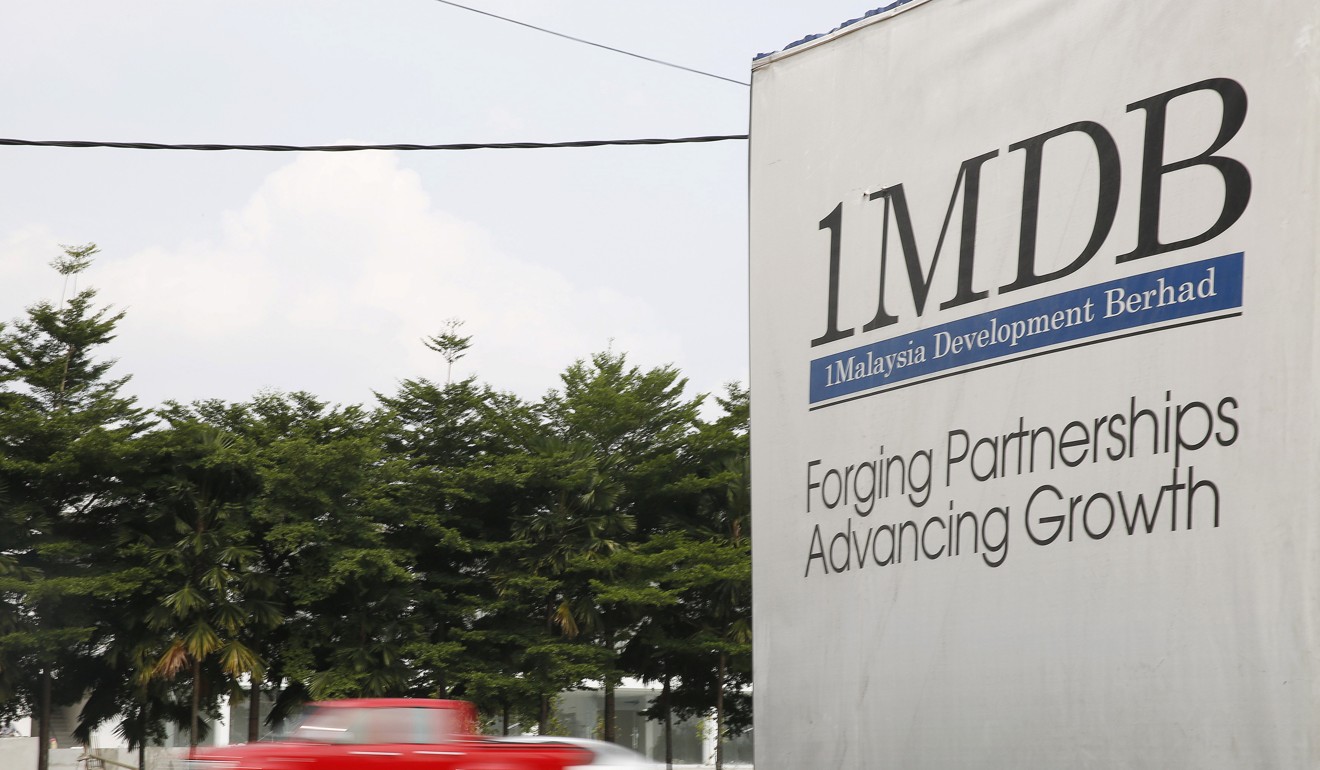
1MDB scandal fallout driving up regulatory costs for financial institutions in Asean, report finds
- Compliance costs, which have risen 9 per cent to 10 per cent in the past 24 months in Southeast Asia, are set to increase further, according to LexisNexis Risk Solutions report
- Annual costs still significantly below North America

Compliance costs are on the rise in Southeast Asia as financial institutions and regulators continue to grapple with the fallout of 1Malaysia Development Berhad (1MDB) scandal, according to a report by global analytics provider LexisNexis Risk Solutions.
Financial executives in Asean expect their costs to meet global anti-money-laundering (AML) and sanctions regulations to increase by as much as 9 per cent this year, according to the True Cost of AML Compliance report.
That is on top of increases of 9 per cent to 10 per cent on average in the past 24 months at banks and other financial firms in Indonesia, Malaysia, the Philippines and Singapore, according to the report.
“Regulators are putting increasing pressure on financial institutions to determine beneficial ownership and improve overall screening requirements, particularly in the wake of the 1MDB scandal,” the report found.

“The growth of nonbank payment providers/systems is making these efforts more difficult for financial institutions, based on various factors including complexity and lack of transparency in the transaction chain, uncertainty about whether these providers are compliant with regulations and blind spots regarding beneficial owners,” according to the report.
The survey was conducted between March and April, interviewing 233 executives who oversee financial crime functions at banks, investment firms, insurers, asset managers and money service bureaus in four Southeast Asian markets.
The total annual cost for AML compliance for financial firms in those four markets is about US$6.09 billion, with more than half of it in Singapore, according to the report.
Fearing risks to their own financial institutions, Singapore regulators have become more focused on stronger regulatory reporting regionally in light of the 1MDB scandal, which first emerged in 2015 and involved the misuse of assets from the sovereign wealth fund in neighbouring Malaysia.
That cost is still significantly lower than the US$31.5 billion spent annually by North American firms, according to the report.
On average, financial companies with US$10 billion or more in assets spent between US$8.16 million in Malaysia to US$13.93 million in Singapore annually to fund their compliance functions, with much of the cost centred around labour, according to the survey.
Financial firms, with less than US$10 billion in assets, still incurred AML compliance costs between US$1.18 million and US$2.8 million each year on average in Southeast Asia.
Of the countries surveyed, Malaysia had the lowest average annual salary for compliance employees with three to nine years’ experience at medium to large firms at US$40,430, while Singapore had the highest at US$60,000 a year.
As labour costs are rising and regulatory requirements increasing, technology is playing a much more important role in managing the effect of AML compliance, the report found.
“Everything is becoming more anonymised in terms of the individual’s interactions with the financial system,” said Thomas C. Brown, senior vice-president, US commercial markets and global market development at LexisNexis Risk Solutions. “As those individuals who conduct commerce primarily through their mobile devices, as they try to enter the more traditional financial system and gain the flexibility that affords, you’re going to need new sources to vet them and to be able to understand them.”
For example, the total number of non-bank transactions on mobile telephones have grown exponentially in just a year’s time, according to the report. The number of mobile transactions increased from 1 million in 2017 to 31.3 million last year.
On a daily basis, Malaysia companies screened 294 names on average for anti-money laundering compliance, the most in the region. Indonesia had the most average daily screenings for potential sanctions violations at 278.

Douglas Wolfson, director for marketing planning at LexisNexis Risk Solutions in Hong Kong, said that the Financial Crimes Enforcement Network, a bureau of the US Department of the Treasury, recently encouraged financial companies to experiment with new technologies, particularly when it comes to tracking digital identities online.
“Having them say that means other FIU [national financial intelligence units] can come out and say it’s OK if you experiment,” Wolfson said. “At the end of the day, the US and US policy will drive a lot of financial crime compliance programmes globally. To have them say go ahead and experiment is essential.”